The Hague – Hagae Comitis
by
Georg Braun and Frans Hogenberg, Johannes Janssonius
With weapons of the city and the county of Holland
Detail
Date of first edition: Braun & Hogenberg
Date of this edition: 1657 (Janssonius)
Dimensions (not including margins): 39 x 49 cm
Condition: Very good. Nice colouring and framed in mahony frame. No opinion on the quality of the sheet (bought as such).
Condition rating: A
Verso: text in Latin
From: Theatrum Praecipuarum Urbium, Amsterdam, 1657.
Price (without VAT, possibly to be added): €1 300,00 (FYI +/- $1 443,00 / £1 157,00)
Unless otherwise specifically stated on this map page, we charge the following expedition costs in euro (unfortunatelly, gone up with Covid, but still too low in reality!):
– Benelux: 40 euro
– Rest of Europe: 60 euro
– Rest of the World: 100 euro
In stock
Related items
-
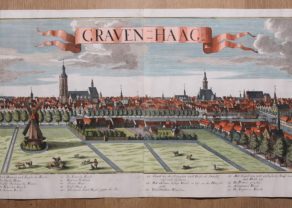
The Hague (Graven=Haag)
by Johann Friederich ProbstPrice (without VAT, possibly to be added): €2 900,00 / $3 219,00 / £2 581,00RARE
-
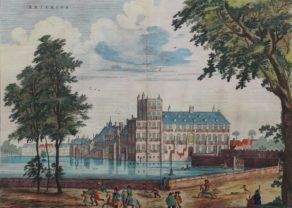
The Hague (Buitenhof) – Curia Hollandiae Exterior
by Joan BlaeuPrice (without VAT, possibly to be added): €1 500,00 / $1 665,00 / £1 335,00 -
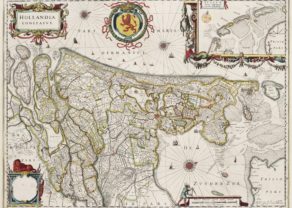
Holland – Hollandia Comitatus
by Willem and Joan BlaeuPrice (without VAT, possibly to be added): €1 350,00 / $1 498,50 / £1 201,50Orientated west to the top of the map. Inset of Frisian or Wadden islands
-
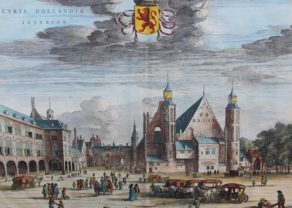
The Hague – Curia Hollandiae Interior
by Joan BlaeuPrice (without VAT, possibly to be added): €2 000,00 / $2 220,00 / £1 780,00
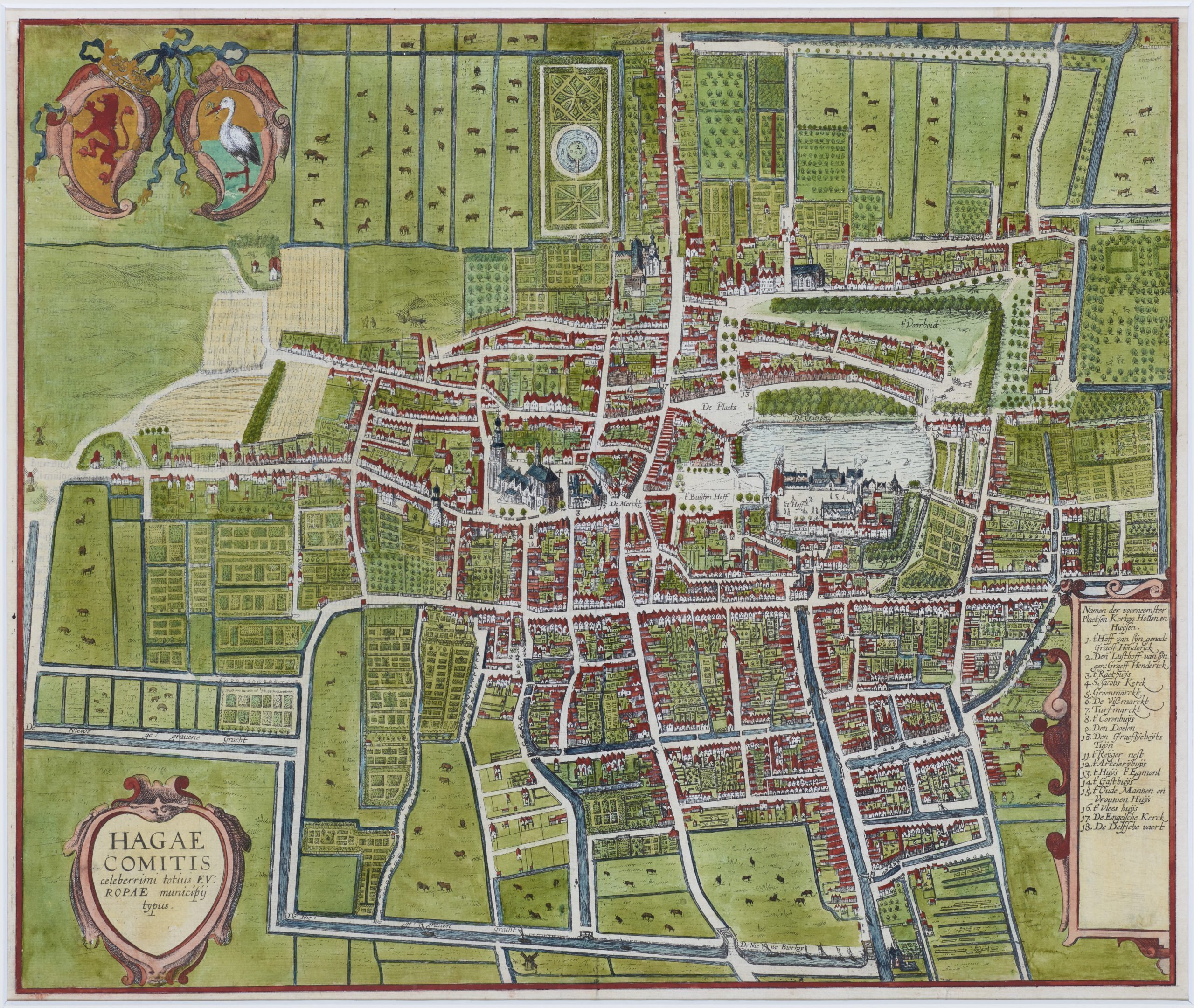
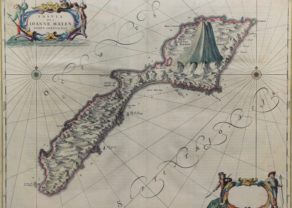
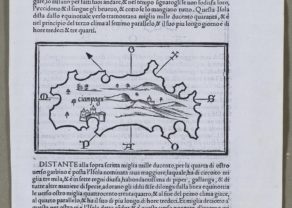
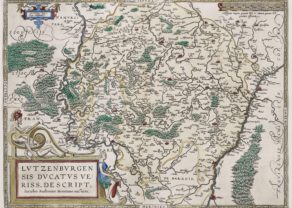
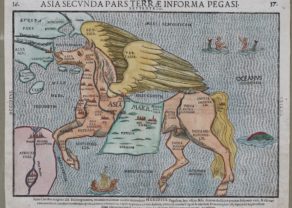
Braun and Hogenberg show The Hague: a nice city to visit
The bird’s-eye view plan from the southwest by Braun-Hogenberg was originally published in the sixth and last volume of their city atlas in 1628. The absence of any city walls strikes: grown by the Late Middle Ages to the size of a city, The Hague never received city rights. Standing out clearly is the late Gothic Sint-Jacobskerk. On its immediate right is the Renaissance town hall. The (open) Buitenhof and the Binnenhof with the Hofvijver are the prime interest of this plan. Note that just a few km west (top of the map), the North Sea is situated. Today, the Peace Palace houses the International Court of Justice. The Peace Palace was built in 1907. Its purpose was to settle international disputes. And thus, it also housed the Permanent Court of International Justice (1922–1946) under the League of Nations [and its successor the International Court of Justice (1946–present)]. This court settles disputes between (mainly) nations and is not to be confused with the International Criminal Court, which deals with criminal matters on an individual level (such as genocide) and is also based in The Hague.